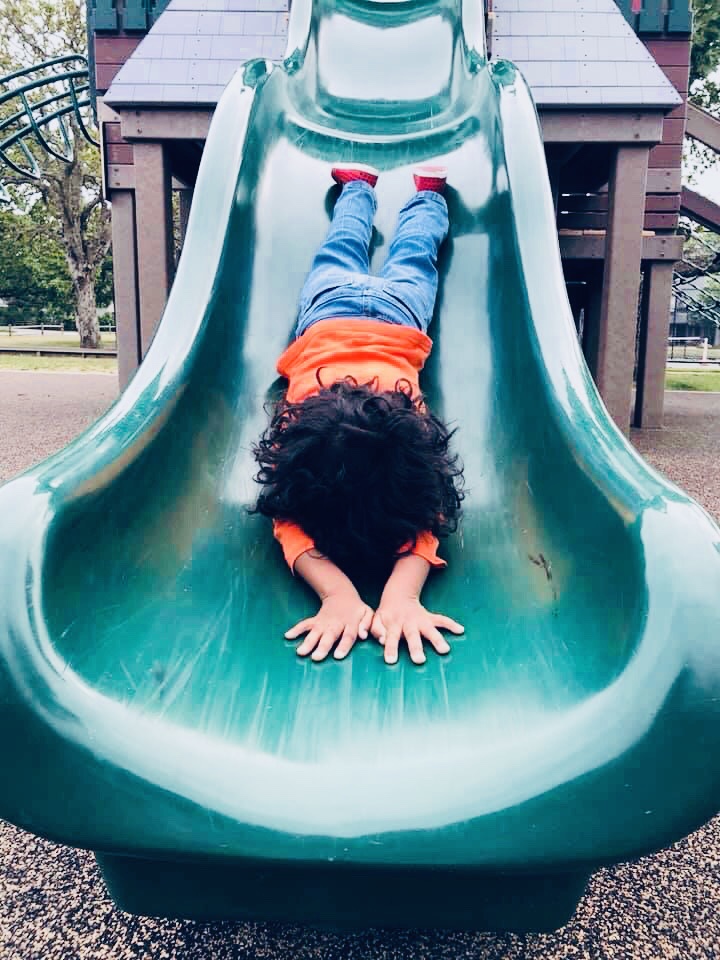
At times it feels surreal. I think my experience as an educator for the past three decades has prepared me for this very moment. Never in my wildest dreams did I imagine I would be “Unschooling” my son. It has been an amazing ride thus far!
In 2020, when the world shut down with the COVID-19 pandemic, our family decided to homeschool. Sammy was four years old and we pulled him out of preschool. One of the first things I did was determine the educational philosophy I planned to implement. As an educator, this was easy. Having served as a teacher, literacy coach, assistant principal, principal, assistant superintendent, regional development director, and adjunct college professor, I was afforded time, space, and experience to ascertain the type of educator I was and the educational philosophy I believed in. Progressive Education was my passion and calling. It would be how we homeschooled Sammy.
I was introduced to Progressive Education at Bank Street College of Education which is a leading institution in Progressive Education. I earned a Master’s Degree in Early Childhood and Elementary Education there. I also did my student teaching at The Bank Street School for Children; an independent school in New York City. The more I learned about progressive education, the more passionate I became for all children to learn this way.
I admire several elements of progressive education. Children should have hands-on experiential learning where they are actively engaged in the learning process. They should work collaboratively in groups. Progressive education does not employ a cookie cutter approach to teaching and learning. It recognizes each learner as unique with their own pace of learning and individual learning style.
As a homeschool mom, I wanted learning for Sammy to be messy and fun! It had to be full of exciting adventures. He had to be immersed in pleasurable reading experiences. Sammy would have a voice in choosing literature to read and would see himself represented positively in books. He would laugh and feel all the emotions that stories evoke. The core subjects would be integrated and involve real life experiences and problem solving. Math would entail the use of manipulatives and baking. There would be unstructured free play every day. Sammy would be encouraged to ask lots of questions, conduct research, and play games. Outdoors in nature, museum visits, learning about other cultures, and the teaching of empathy and other emotions would occur regularly. Curiosity, risk taking, and trust would be embedded in my son. In a nutshell, our homeschooling journey would be a continuation of what our home life had been thus far; play-based education in natural, free, unstructured ways.
I did not want our homeschool journey to resemble traditional education in theory, practice, or appearance. Prior to attending graduate school and learning about progressive education, I taught at a traditional school in Brooklyn, New York. I was new to teaching. I had studied journalism in college and wanted to be a news reporter. In the interim, I became a substitute teacher and was placed at a school that I later learned was traditional in theory and practice.
Two months after substituting, I was asked to take over a kindergarten class. The teacher was going on maternity leave. I accepted the offer and was indoctrinated by the teacher. In the months ahead, I deeply cared for my five year old students and did as I was told but soon learned that the educational practices were harsh. The culture of the school was negative.
Students were tracked based on their academic performance from test results. My kindergarten students were on the lowest track. Our classroom was located in the basement whereas the kindergarten “gifted and talented class” was upstairs next to the principal’s office. Students were taught to read with basal readers. These were textbooks with an anthology of stories and controlled vocabulary. Lessons were scripted and teachers had to follow along. They did not have much autonomy in how lessons were taught. Moreover, diversity of characters in stories was pretty much non-existent.
I gave my five year old students weekly spelling tests, inundated them with busy worksheets, drilled them with sight words, and practiced rote learning and memorization. Students practiced their handwriting to perfection in their composition notebooks and when behavior problems surfaced, they had to write repeated sentences about good behavior. I created the classroom rules and was terrified of the school administrators. I tried my best to make learning somewhat fun for my students however, the reality was that school was strict and dictatorial.
I spent days crying in the bathroom on breaks alongside a close colleague. The implementation of these rigid practices was cruel but there was nothing I could do. This was the culture of the school. Teachers were also mistreated. Benchmark test scores in preparation of high-stakes testing were posted above the time clock. As teachers punched in and out for the day, we were reminded of how our students performed on the tests. My weekly lesson plan book was always returned with critical remarks written in red pen all across the pages. I felt awful and defeated.
Bathroom time for students was posted on the daily schedule. Students had to line up quietly outside the bathrooms in the hallway. They took turns hurrying inside to quickly handle their business. Children’s lunch time was spent in total silence. Teachers circled tables to ensure that children remained silent. They were also publicly reprimanded by school administrators if their students talked or moved in their seats. Recess was often shortened or taken away entirely based on behavior at lunchtime and students’ heads had to be placed down on their sides on top of the tables. Students’ hands had to be folded after eating and on good days, they could go outside for a short amount of time to play. It was the only time they had to run, play, laugh, and socialize during the day. Soon it would be time for students to line up in order, place their index fingers on their lips, walk in silence through the hallways, and return to their classrooms to sit at individual desks in rows and answer questions when called on by teachers. Lessons were teacher-centered and lectured. When test scores were bad, teachers were told ahead of time to bring milk crates filled with books to the cafeteria. After the silent lunch ended, students walked quietly to the gymnasium, obtained any books placed in the crate, took seats on the floor around the perimeter, and pretended to read.
My happiest days were when we were allowed to leave the school building to go on field trips. It felt like being released from prison. Never mind all the pre and post field trip lesson planning I had to do when completing the mandatory field trip request forms. It was worth it just to get away with my students. There was excitement boarding the yellow school buses and students enjoyed sitting next to one another and talking. Our field trips were fun and educational. We enjoyed the sights and sounds of being in new places together. I loved sitting next to my students on city park benches as we ate our sandwiches, chips, and drank soda. We smiled, laughed, and watched people and pigeons. I always remembered to pack extra sandwiches for students who did not have enough food to eat. And then just like that… reality set in the next time I requested another field trip. The assistant principal wrote in large bold letters on the request form:
“TOO MANY TRIPS TO THE ZOO IN 1 YEAR!”
I knew traditional homeschooling was not for us. Being a teacher and principal in progressive schools for the next three decades was contrary to what I had experienced. Here I observed students learn and prosper with child-centered, hands-on, experiential learning. They were happy! I was thrilled! My passion for teaching was a result of seeing children grow as learners this way. It is what made me want to stay in education and no longer pursue news reporting.
Selecting the educational philosophy I would implement with homeschooling Sammy was a no brainer. I had already created our home environment with play-based learning and he was a joyful child! I began researching progressive education homeschool philosophies and came across the book, “How Children Learn” by John Holt. It prompted me to start reading more books and articles. I was soon introduced to the term “Unschooling.” It meant “Self-Directed Education.” I became fascinated with this phenomenon that aligned with my interest and passion in progressive education. It seemed too good to be true and became our new normal and educational philosophy of homeschooling. We are presently a year and a half in as “Unschoolers” and it is simply magical!
Kerry McDonald, Author of “Unschooled” describes it:
“Unschooling is simply living, and allowing your children to live, without the specter of conventional schooling and school-like thinking. It is the act of fusing living and learning, of seeing them as one and the same. There is no one way to be an unschooler, no singular path of facilitating self-directed education. There is you, your children, your family, your community — your life. You will define and practice unschooling in your own way. … Your unschooling adventure is uniquely yours.”
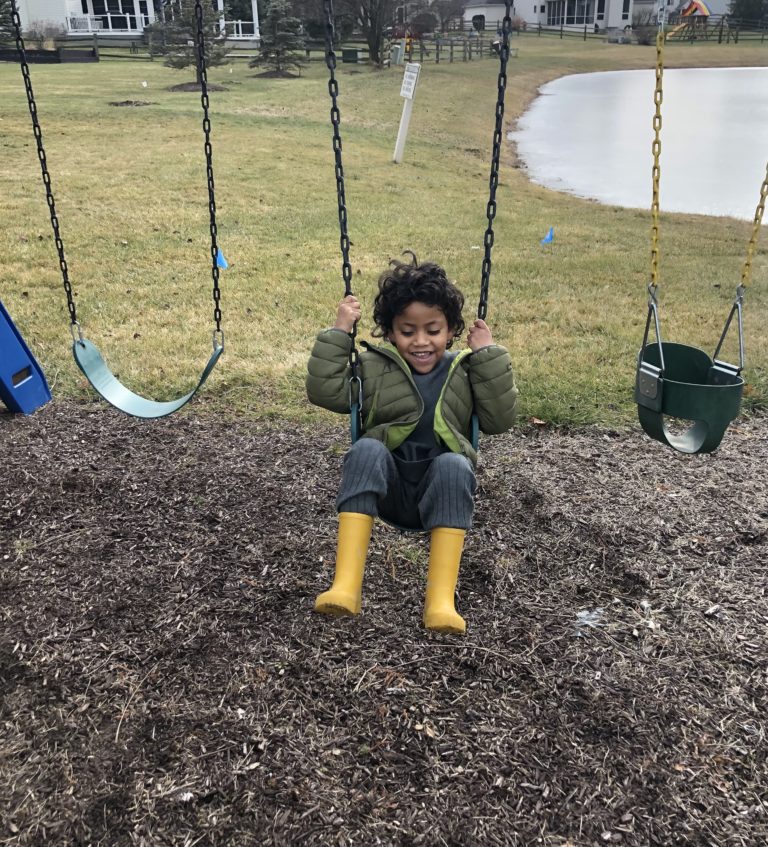
As an unschooler, Sammy learns naturally in his own time. Learning is not forced, there are no tests, the days flow without a schedule, and there is no set curriculum. He is independent in his learning and can spend as much time as he wants playing and learning. When he expresses interest or a passion in something, as a facilitator to his learning, I look for ways to provide resources for him to expand his curiosity and knowledge. There are many times that I observe him and delight in seeing the learning he has attained.
I have learned a lot about my son as an unschooler. Sammy loves to wake up on his own each morning. Some days he chooses to paint while listening to reggae or classical music. Other days he will create with arts and crafts while watching the news. We read all throughout the day. We visit the library weekly to check out books and videos. Our staircase at home is filled with baskets of books grouped by genre. Our home is rich in literacy and we expose Sammy to quality literature that is diverse with characters who are Black and Brown that look like him. Sammy loves humorous books and telling jokes. He has a monthly subscription to a book club with five new books arriving each month. At age six, he has participated in five summer reading programs at our local library!
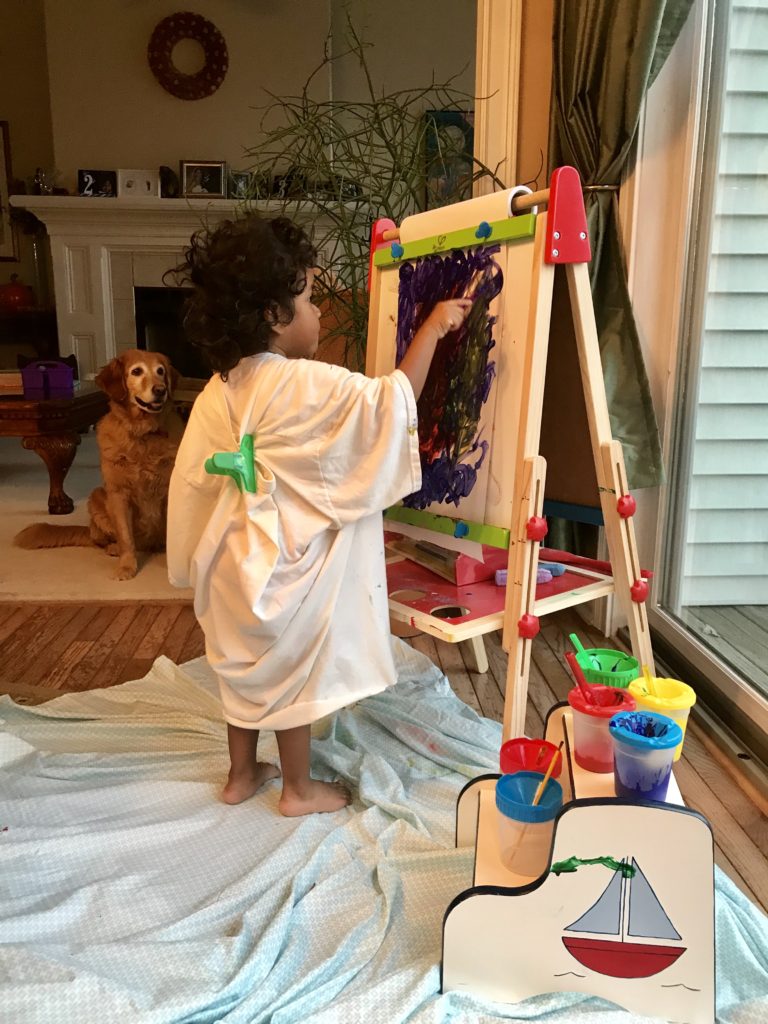
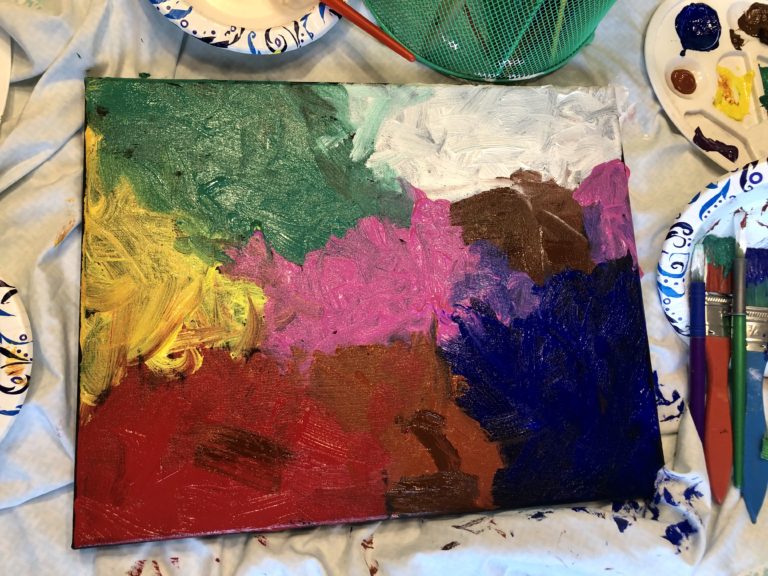
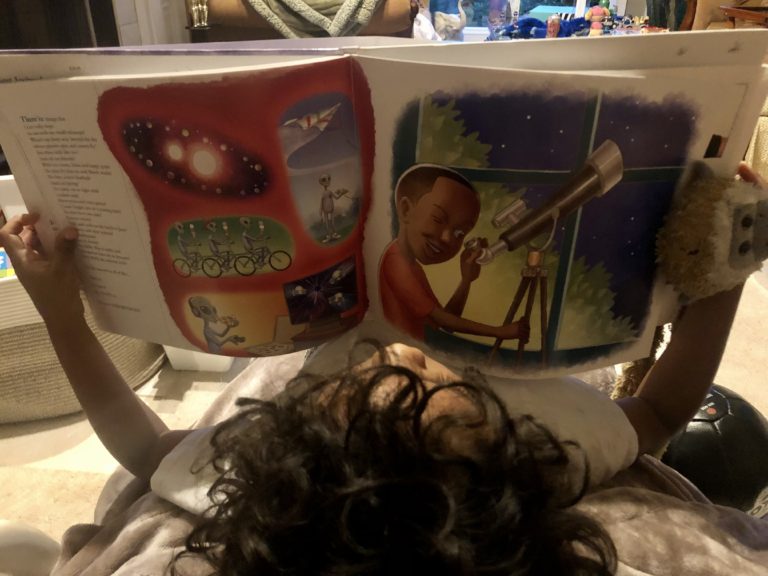
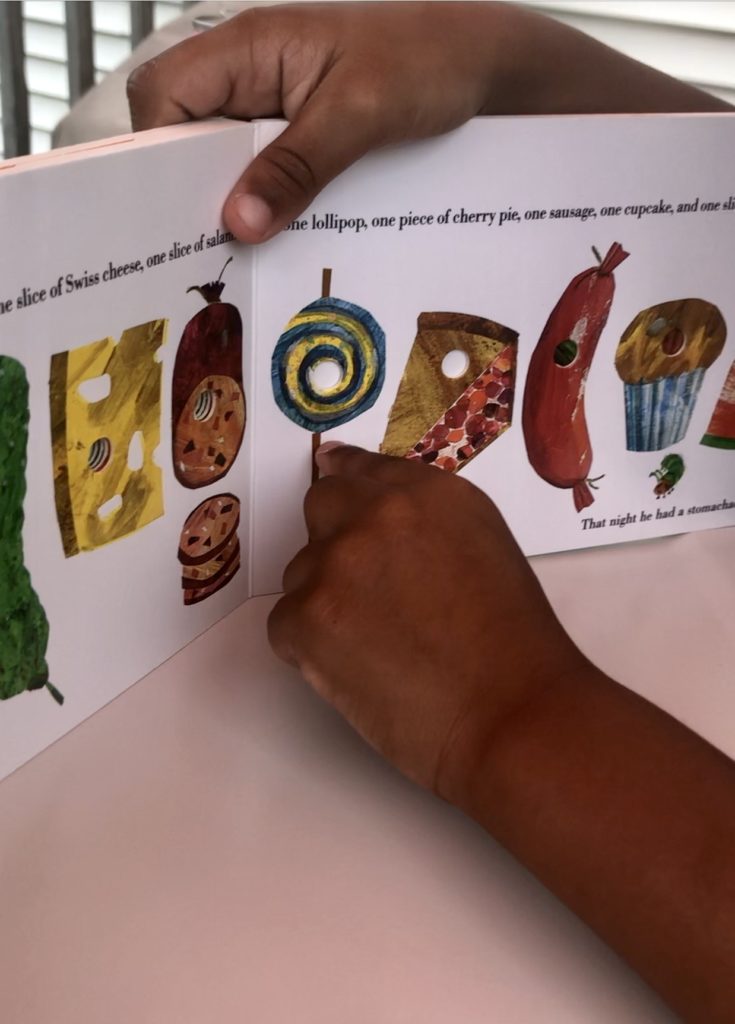
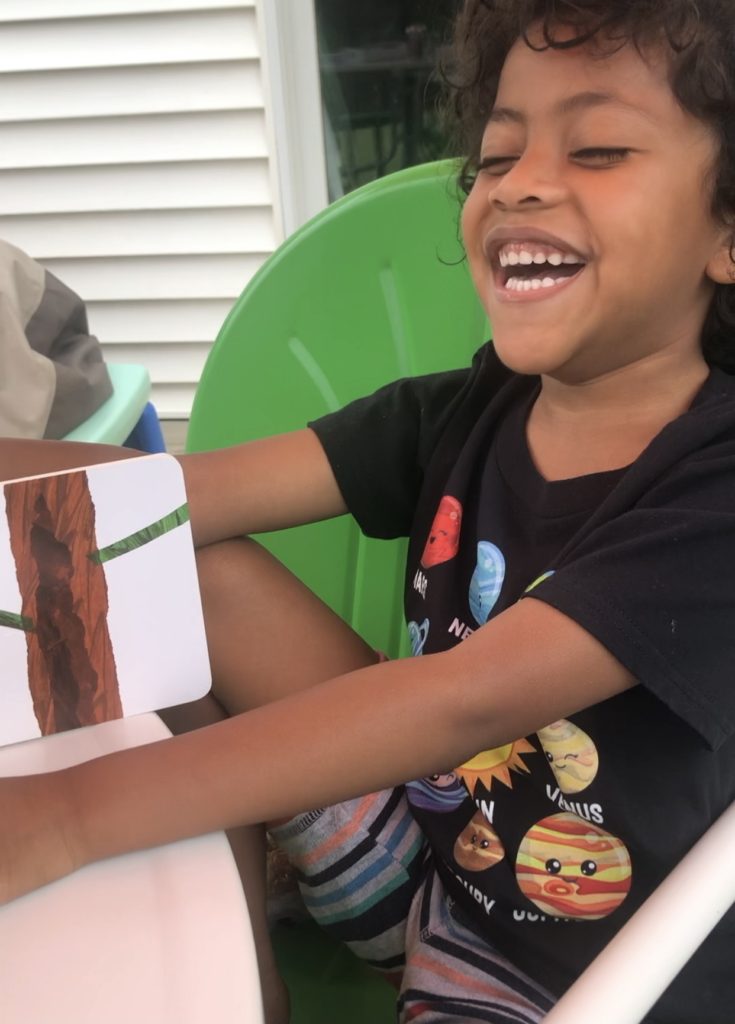
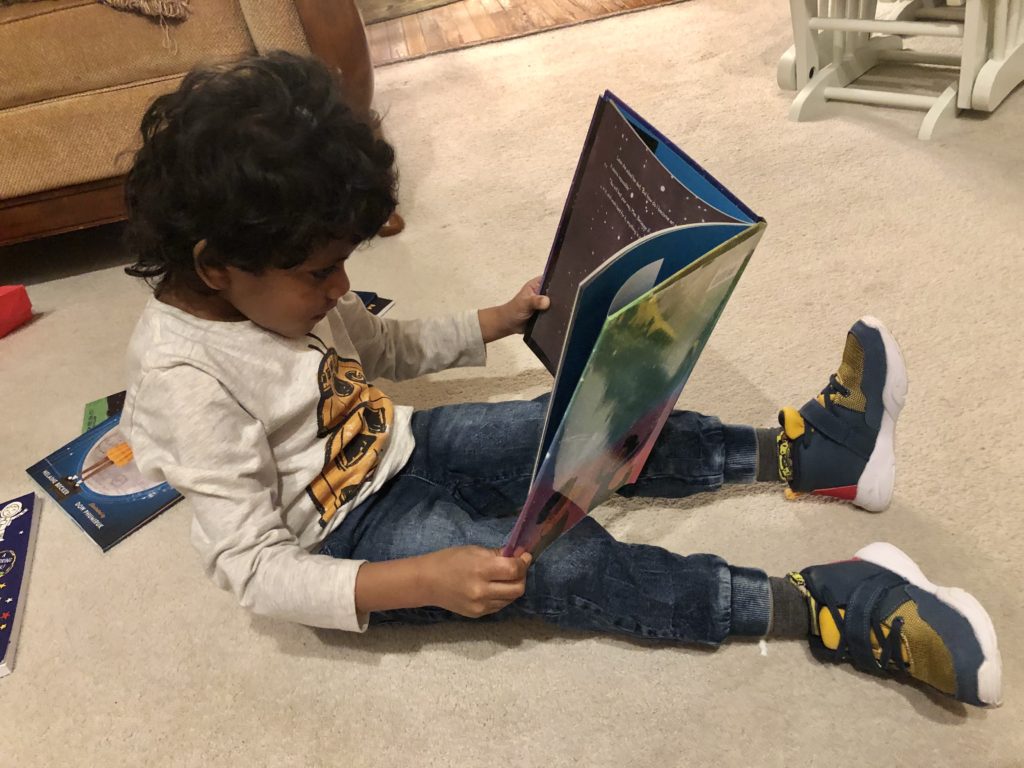
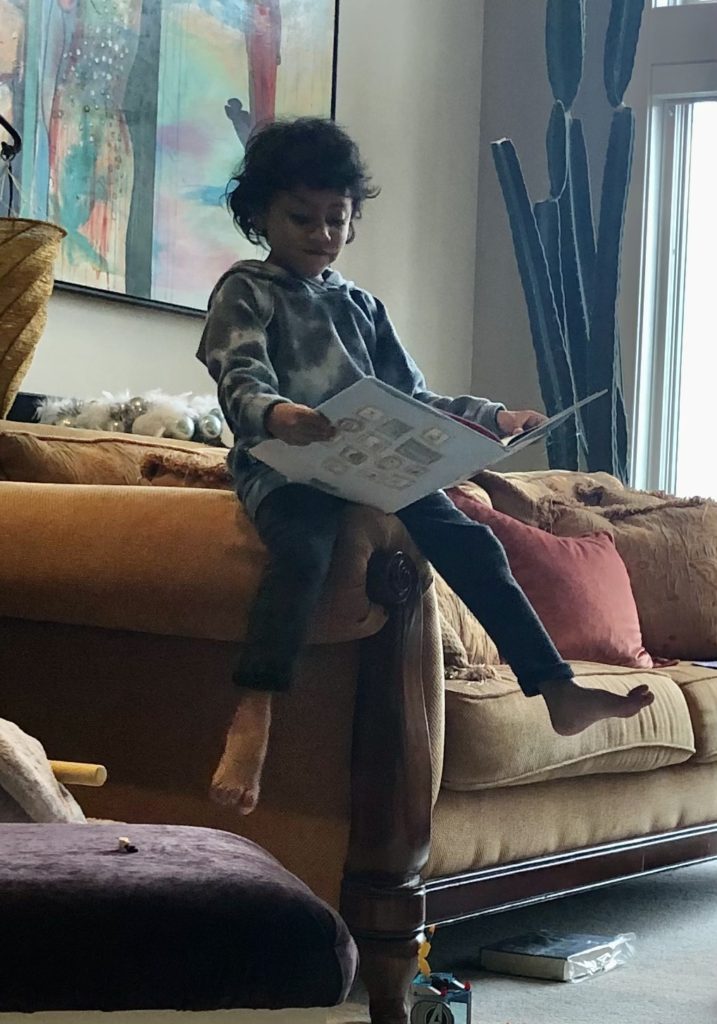
Sammy loves legos, blocks, and magnatiles and will spend hours working on puzzles. A component of Unschooling is “Gameschooling.” Sammy learns about the core subjects by playing games and having fun! Some of his favorite games to play are Junior Monopoly, Chutes and Ladders, and Guess in 10.
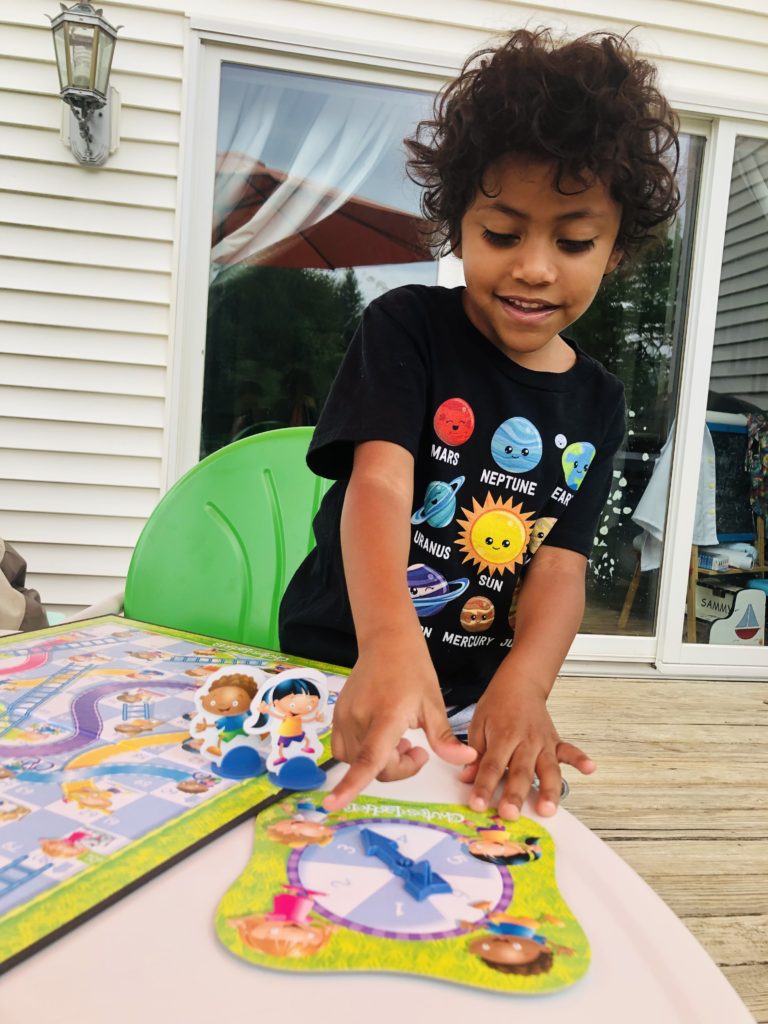

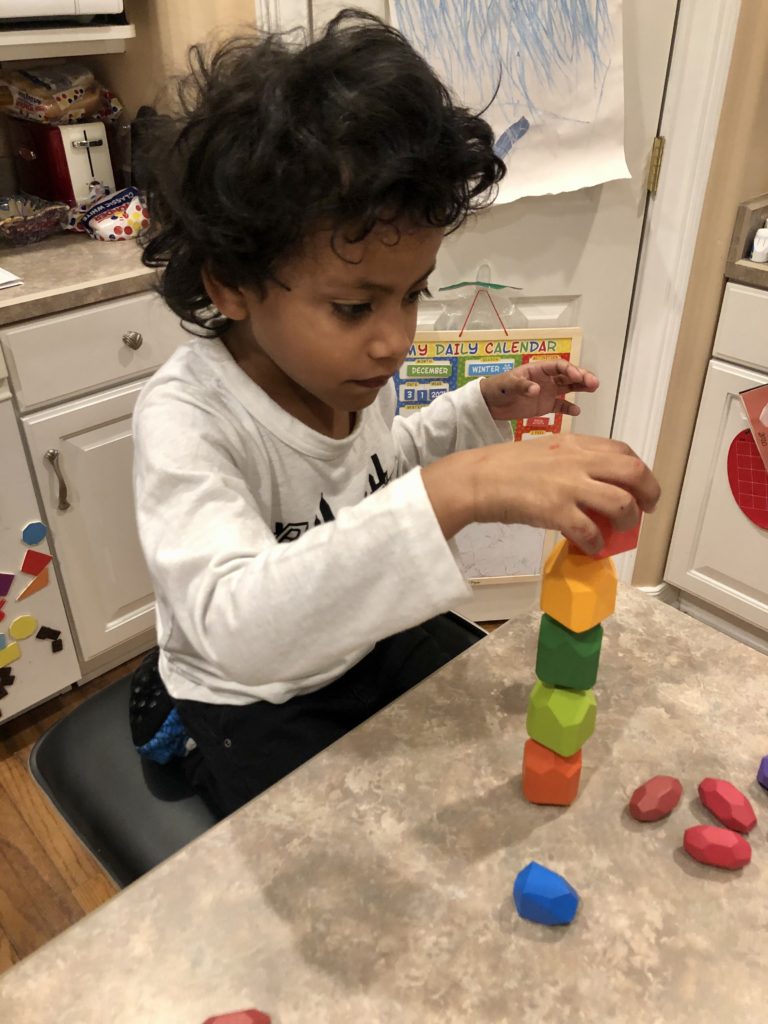
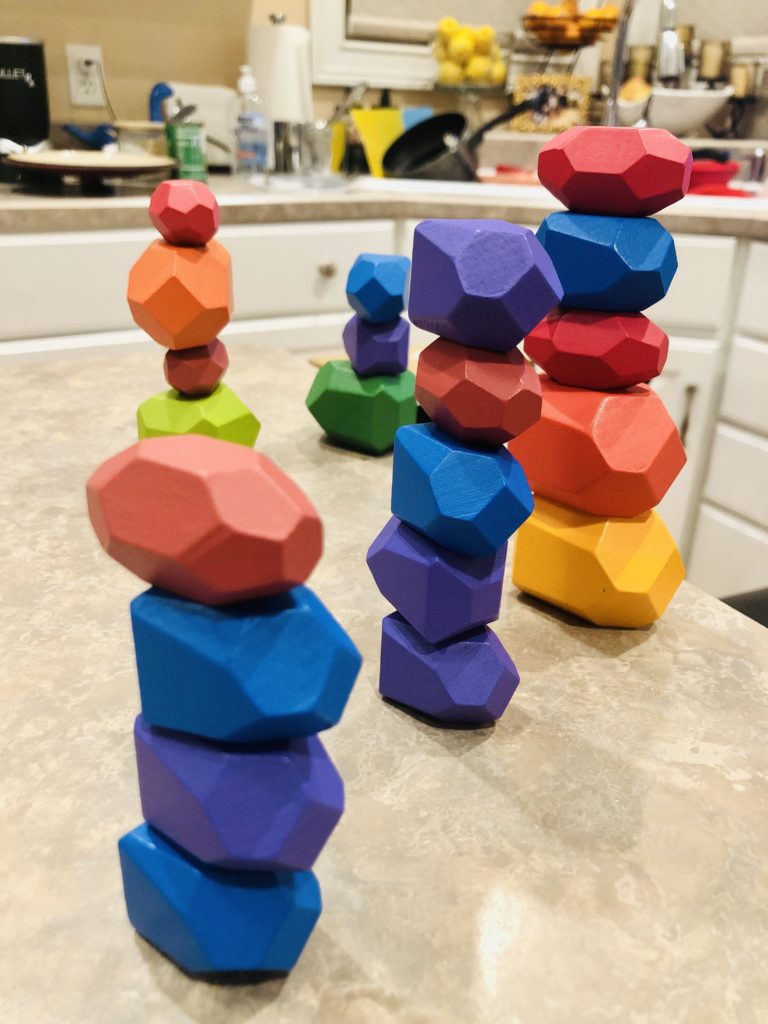
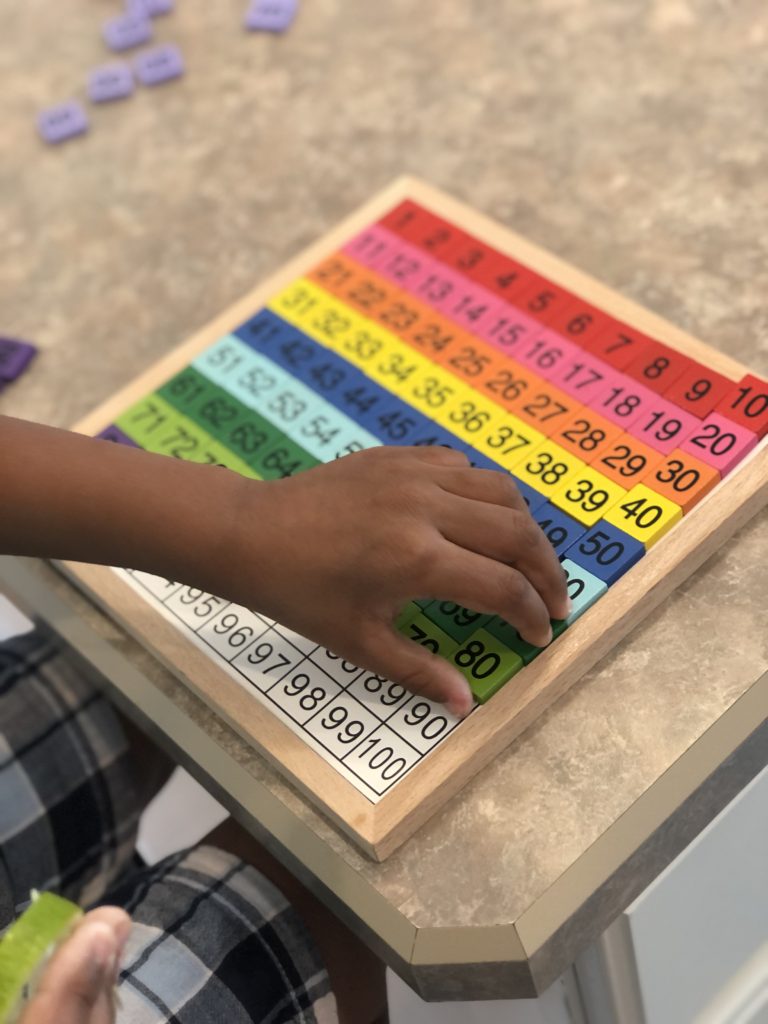
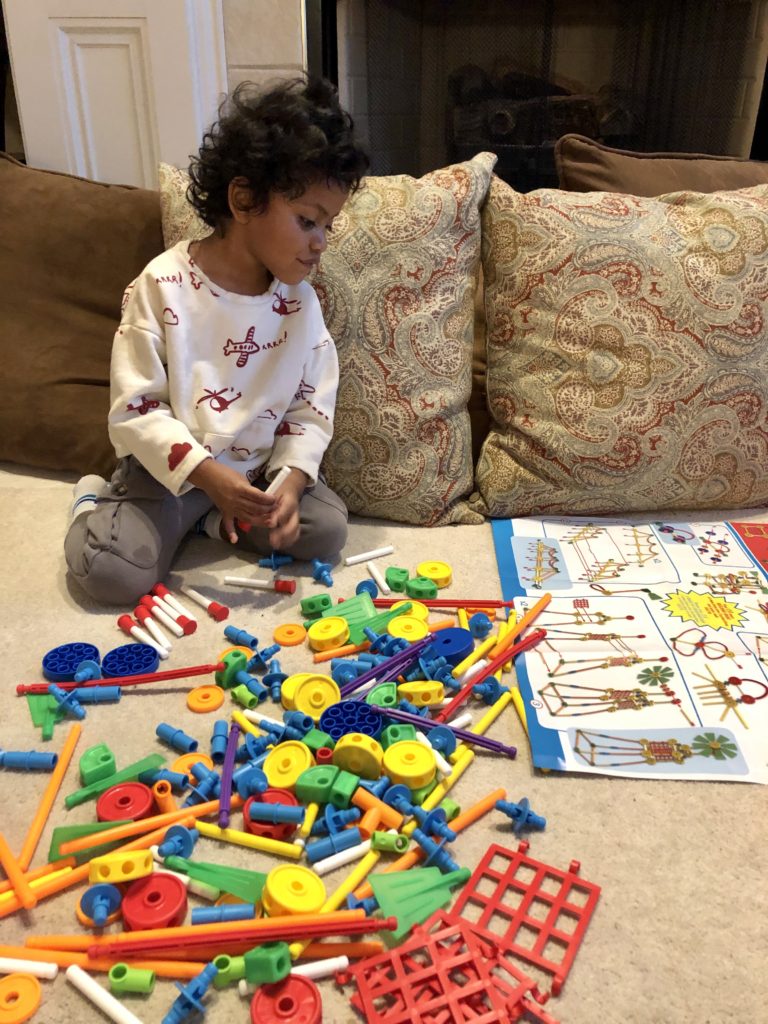
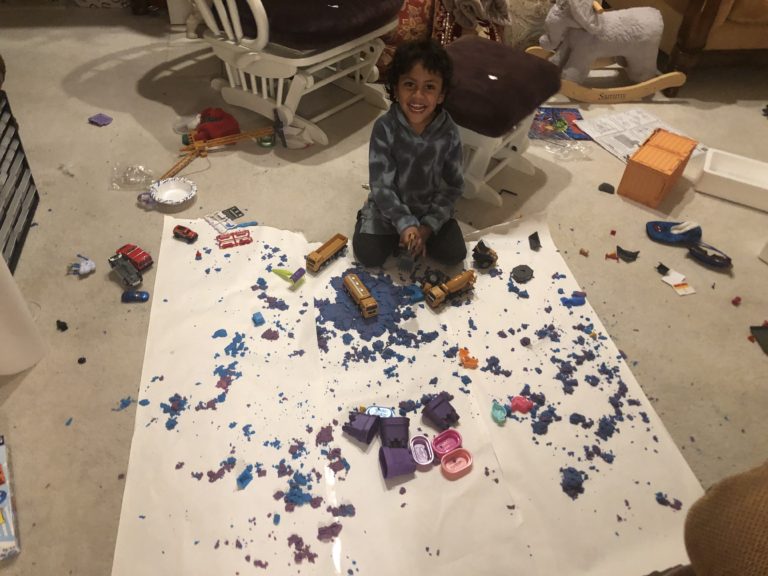
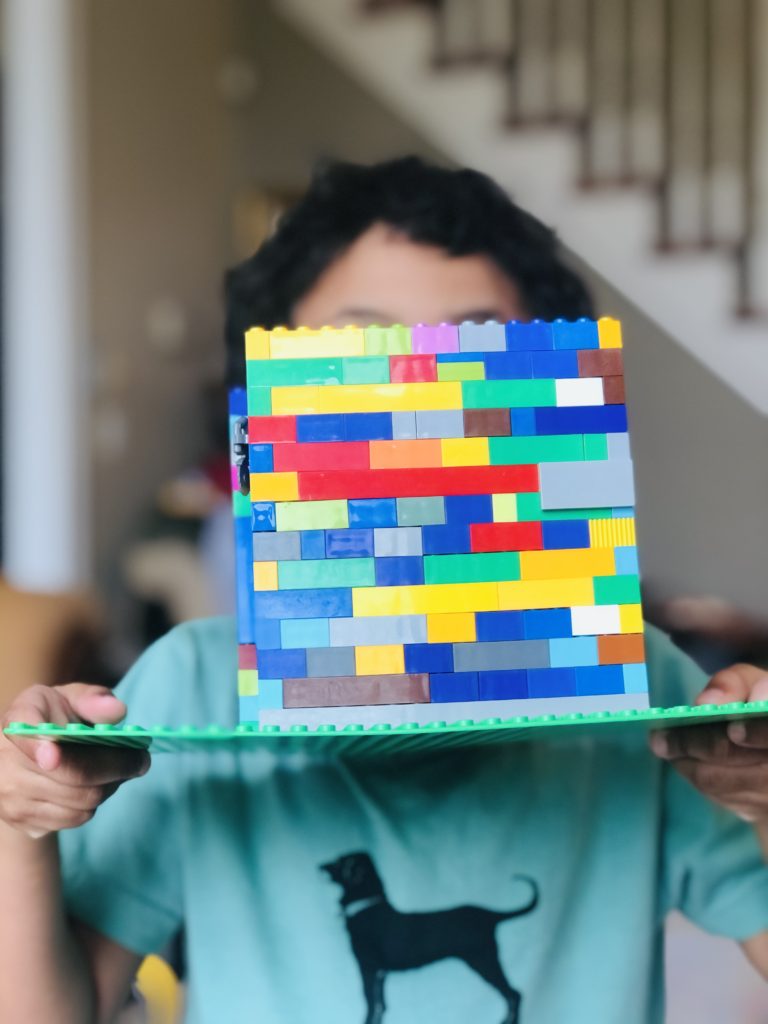
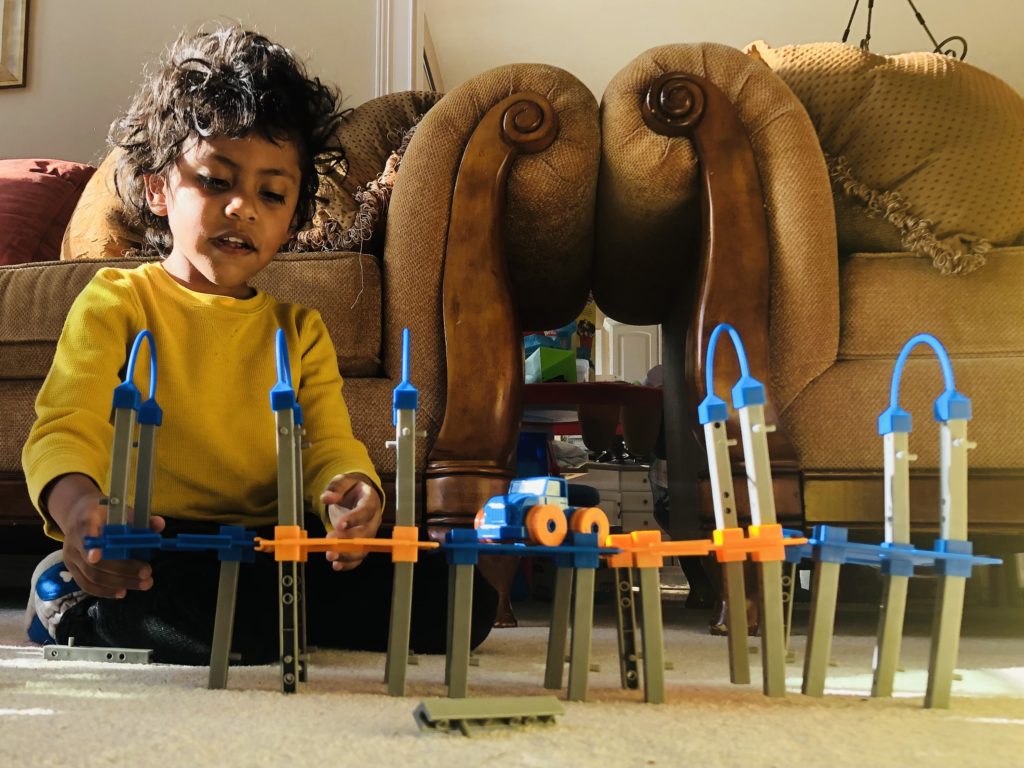
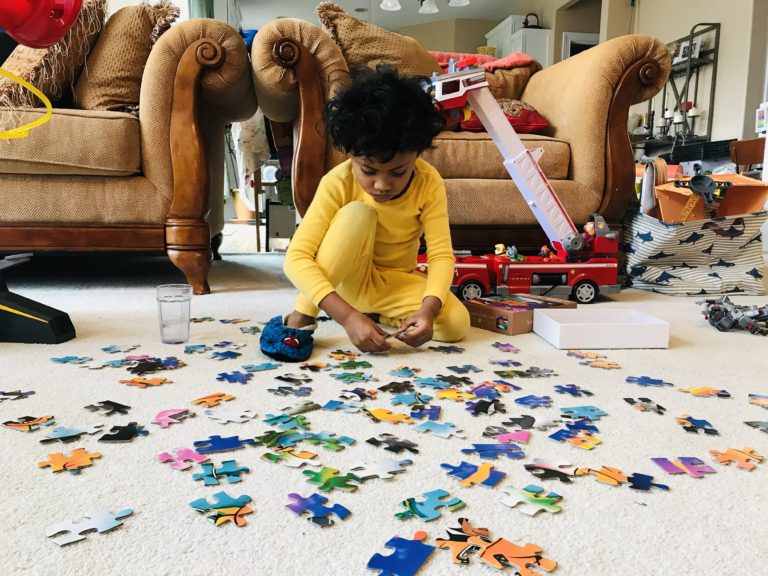
Sammy loves working on science experiments. We bake a lot too. He enjoys nature scavenger hunts and we have fun dancing around the house. He likes bike rides and playing football with his dad. He is learning about different continents, countries, and cultures and conducts research daily.
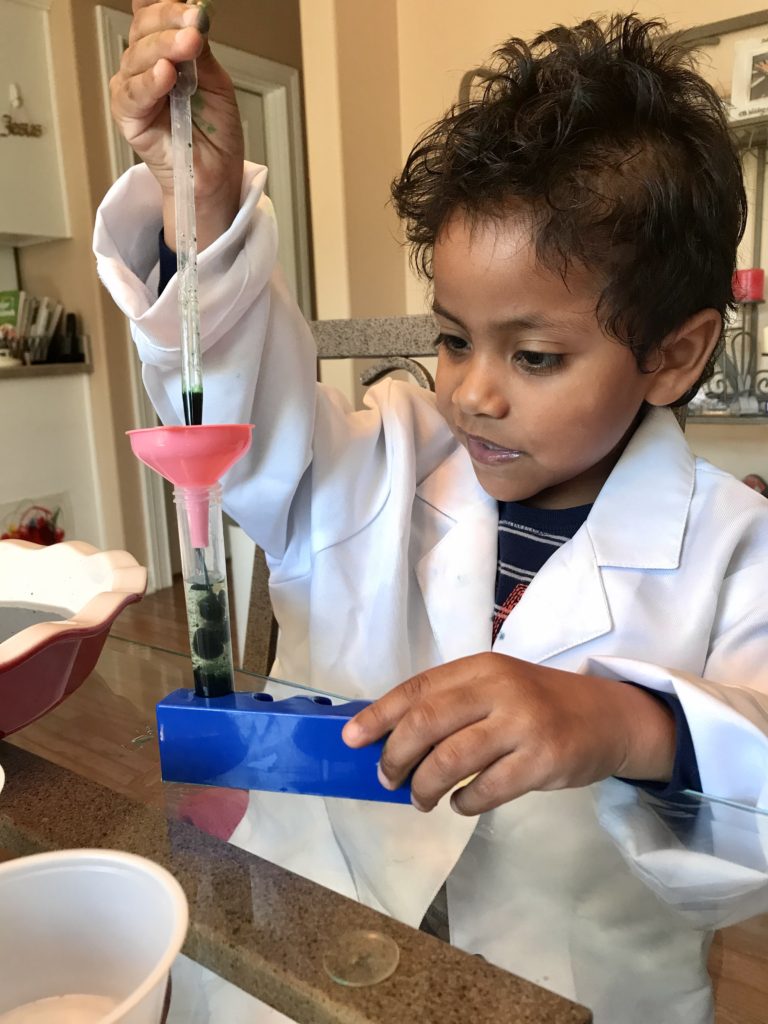
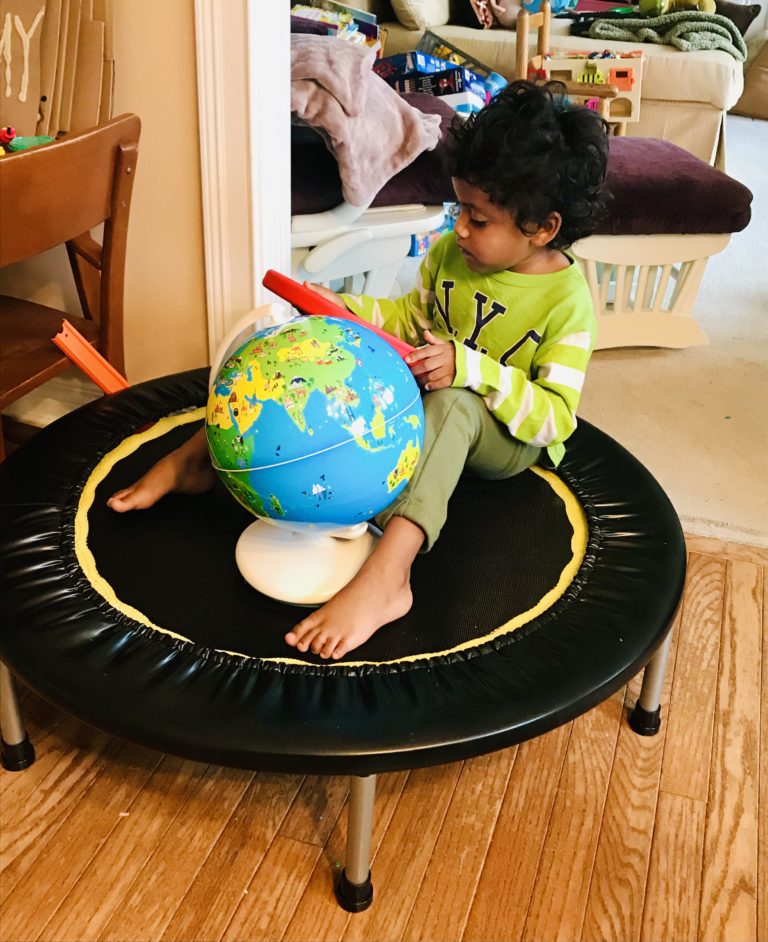
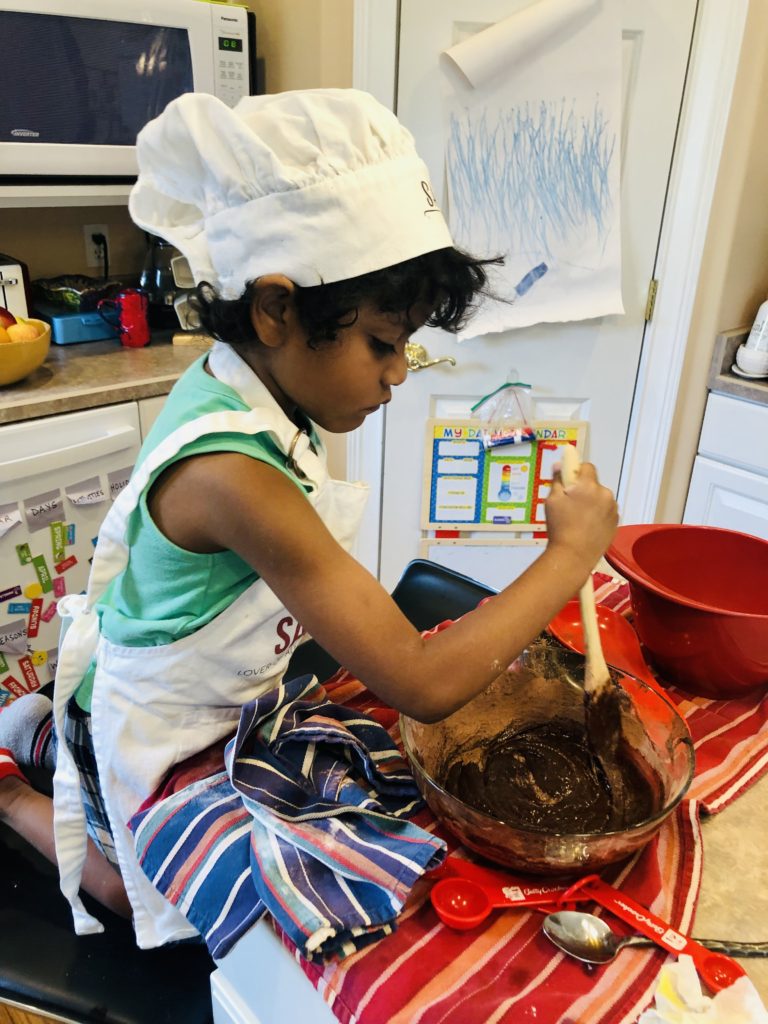
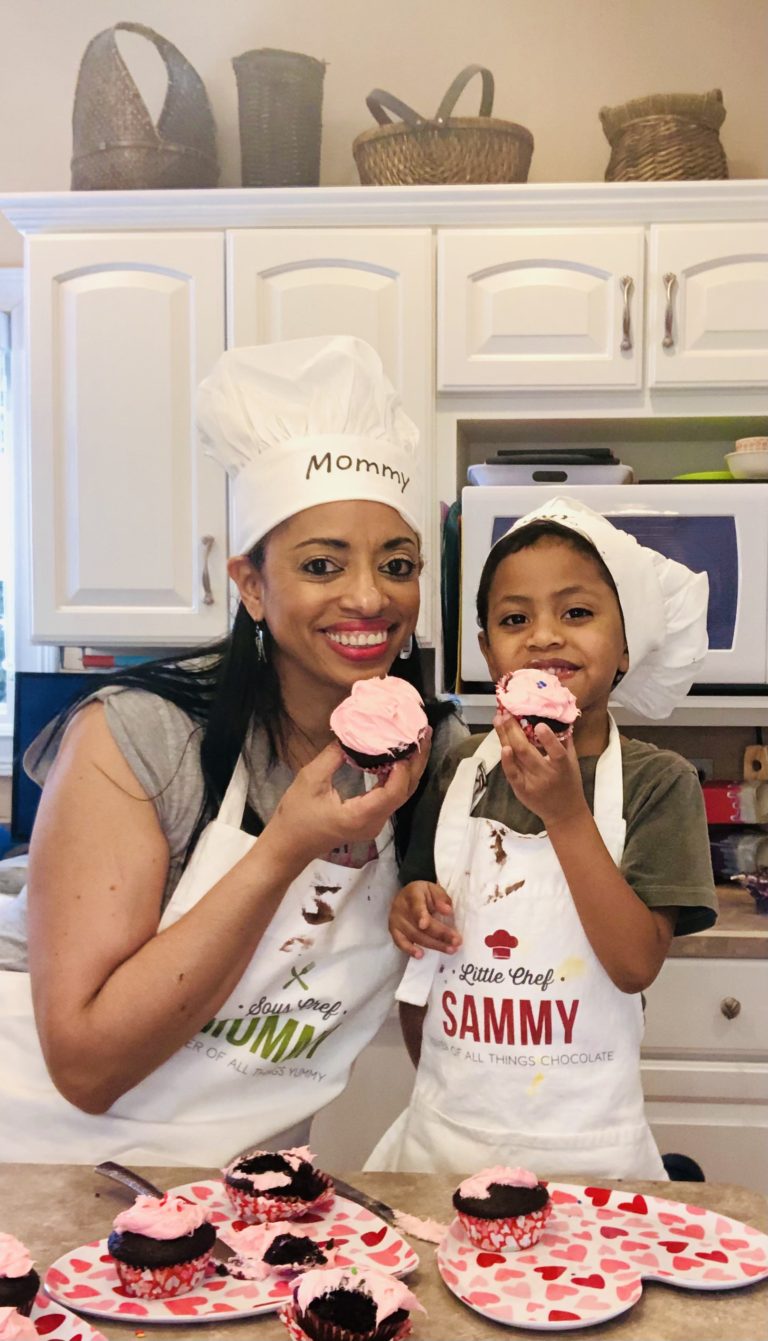
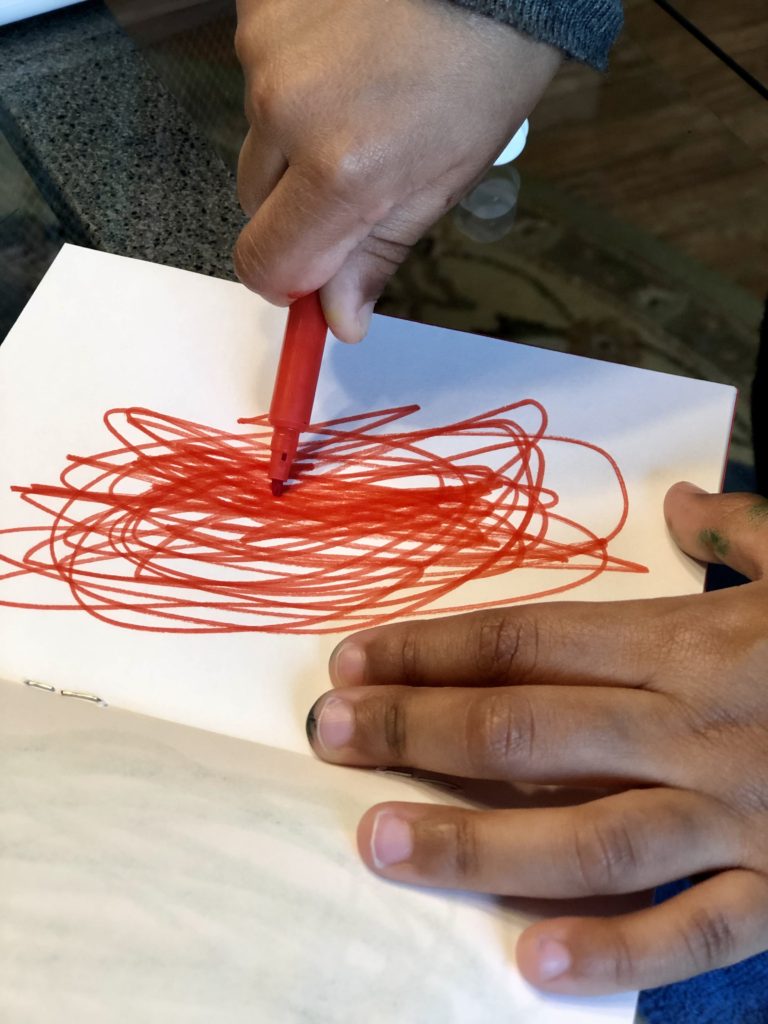
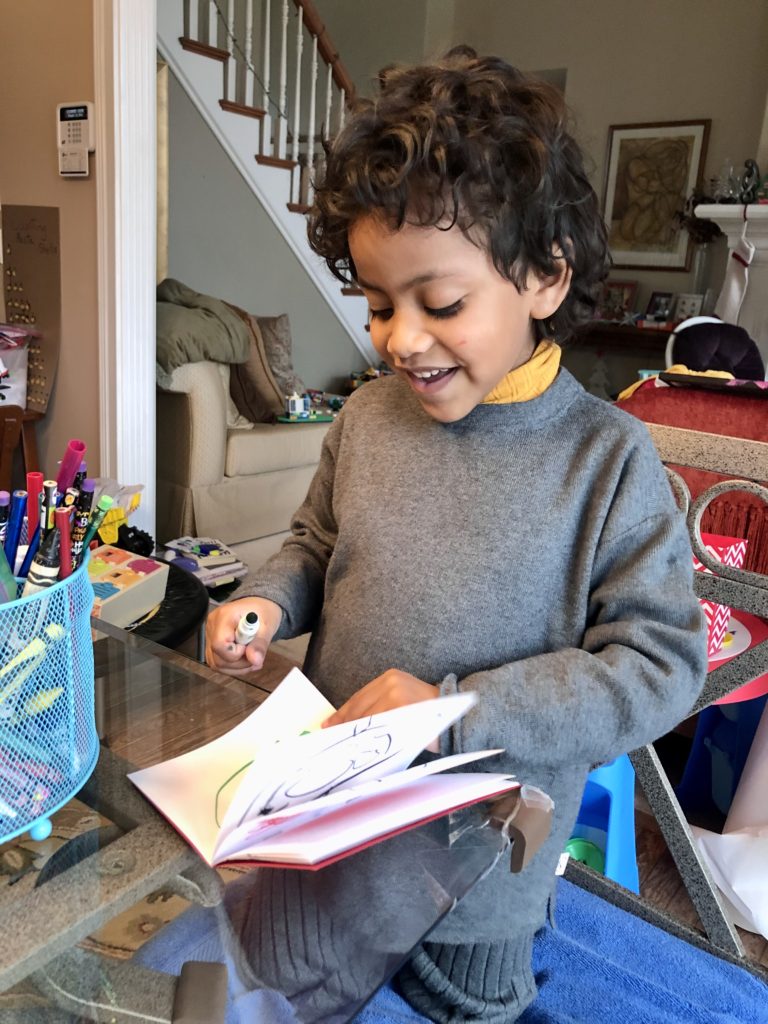
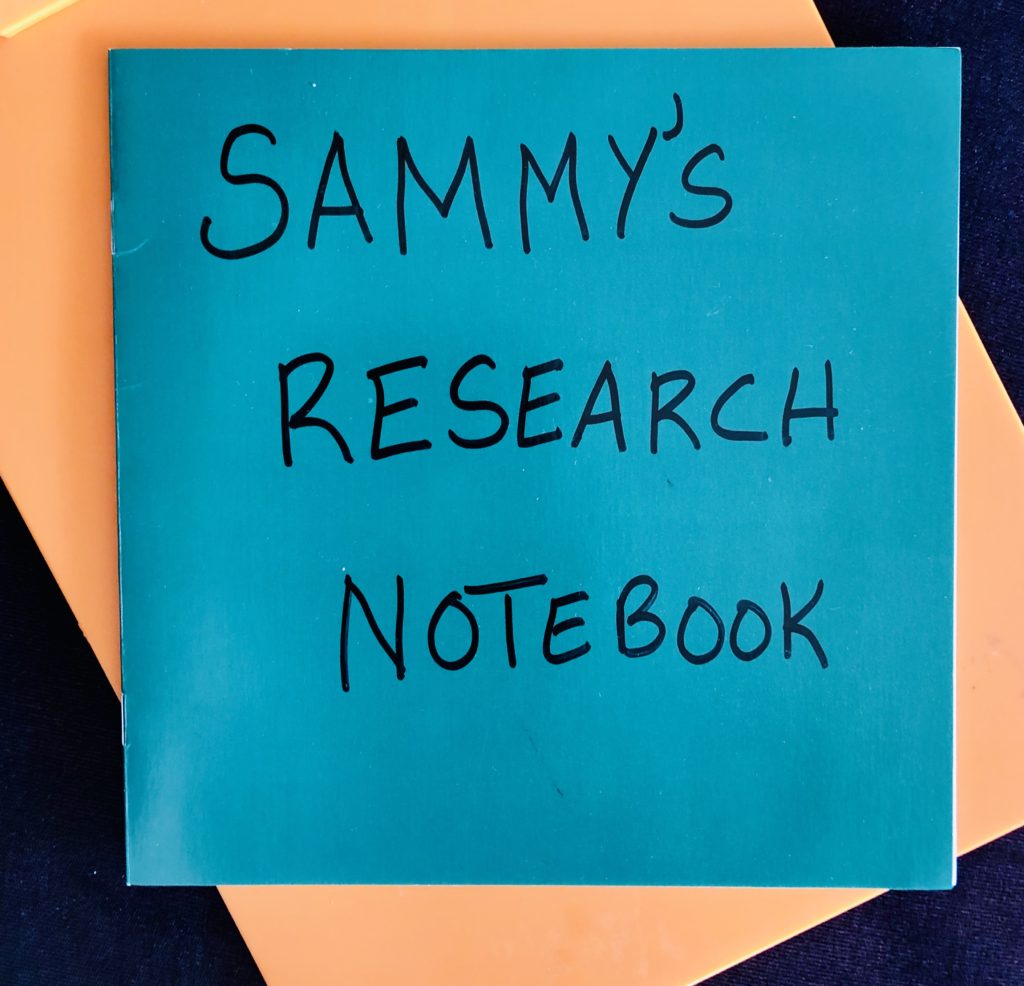
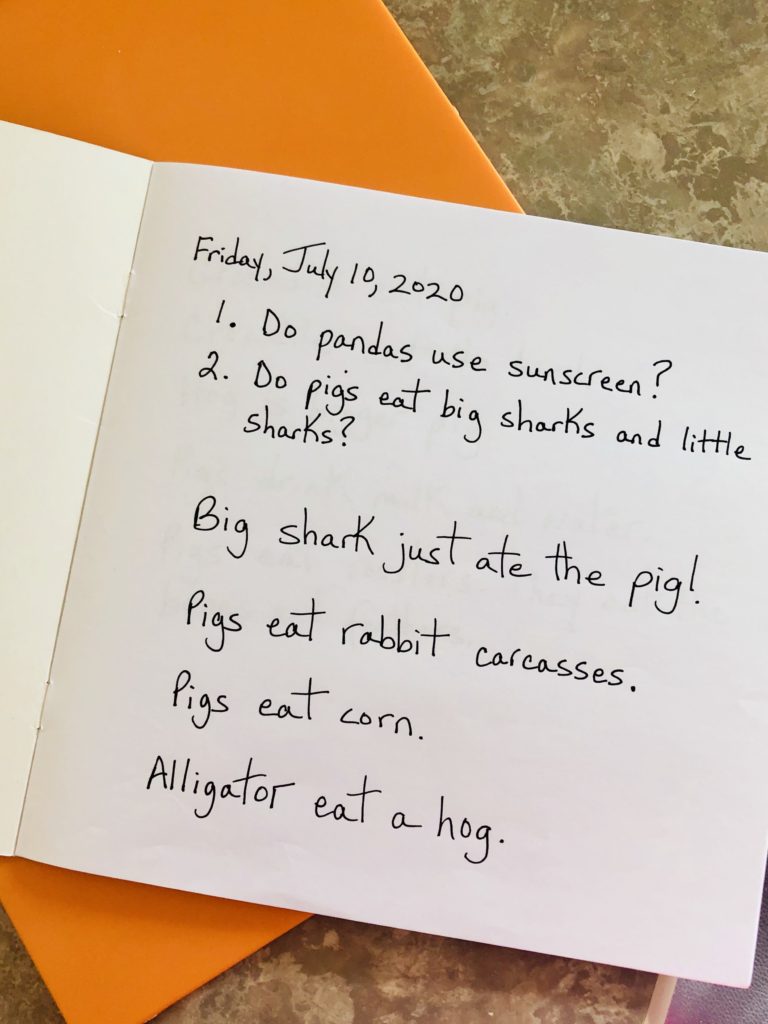
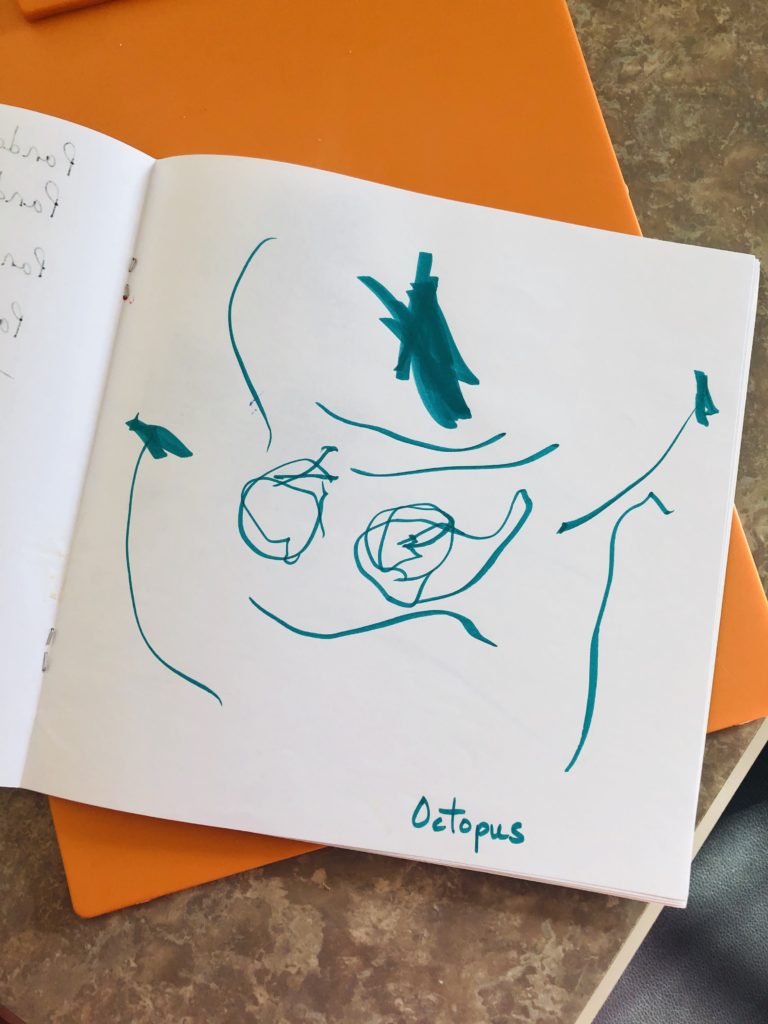
And every day I ask my son what he wants to do.
And my eyes light up knowing he is free to do it and more!
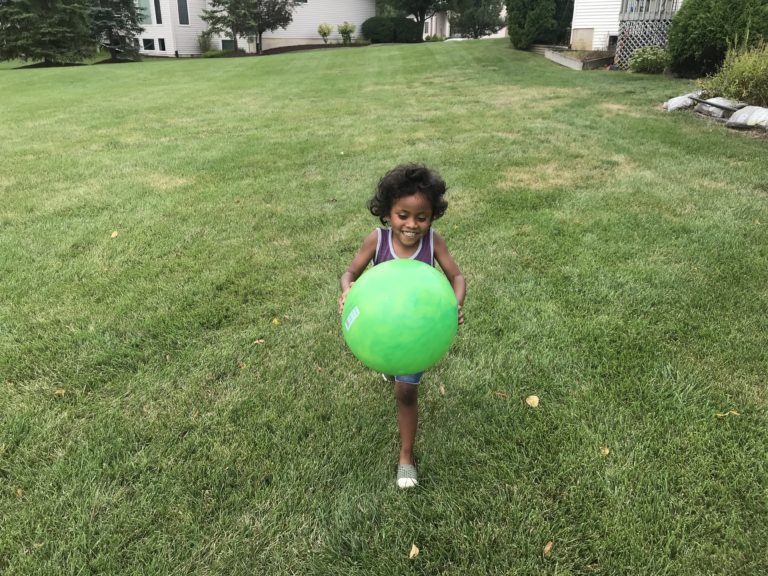
WatchMonkeyMama's Published Magazine Article!
I was blessed to have my article, “Principal Turned Unschooler” published in Breads and Threads magazine! Please click on the link below to read it and the entire magazine.
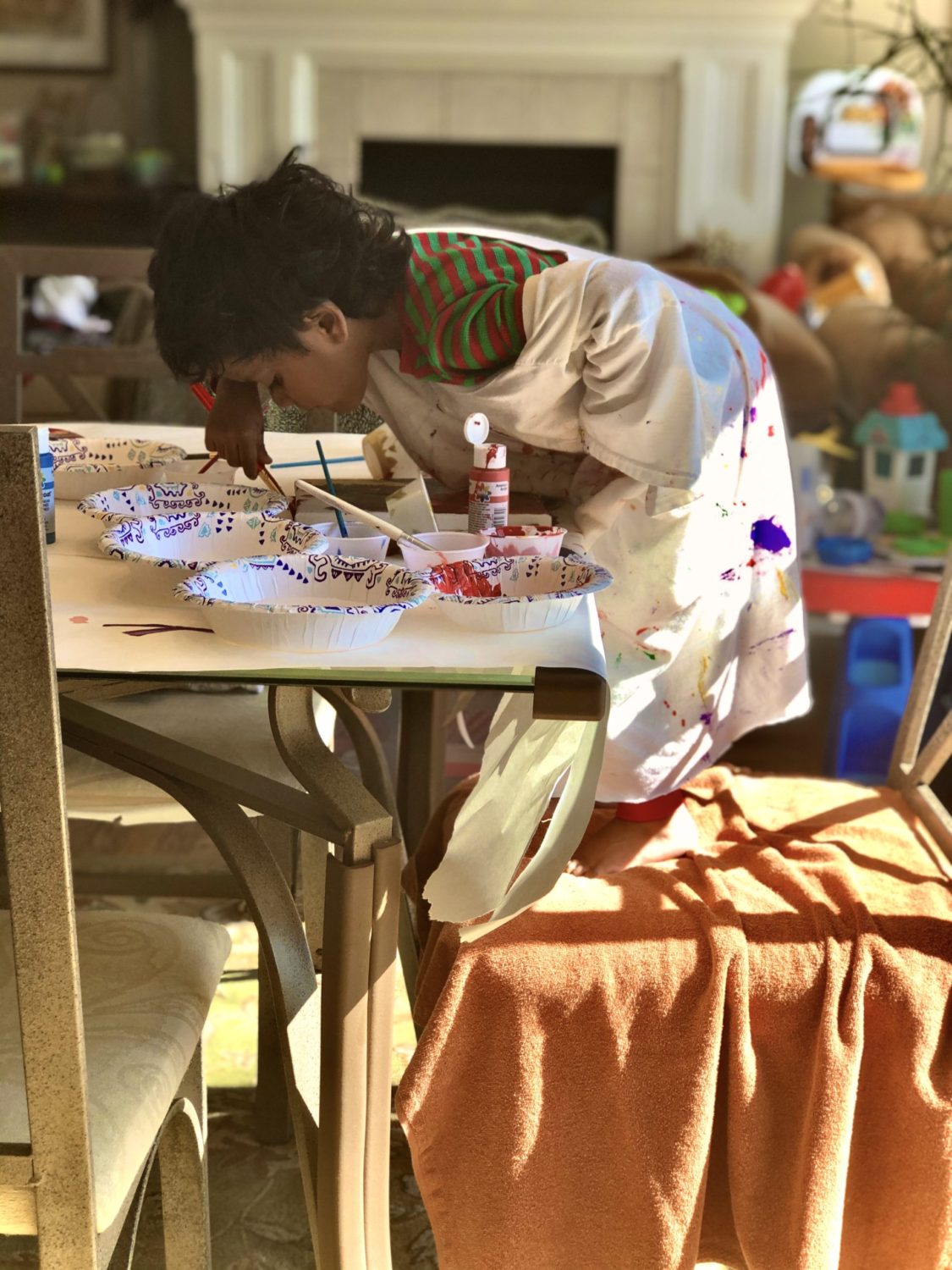
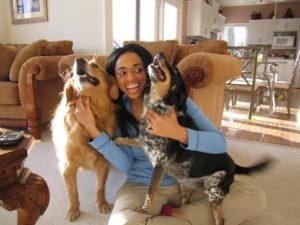
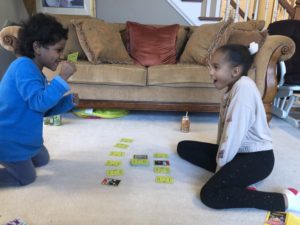
I admire your skill, dedication and knowledge. I wonder if it’s possible for parents with more than one child, and or jobs outside the home to accomplish.
Thanks so much Nancy! I appreciate your kind words and acknowledgements. While being on this amazing unschooling journey thus far, I have met so many amazing unschooler parents. One of the elements of unschooling that I love is that the curriculum comes from the self-interest of each child and happens naturally in unrestricted time and space that works for them. I have come to learn that it is quite easy and natural to unschool multiple children because you are going with the natural flow of each. I will add though that at first, it can be challenging for some families to unschool because they are thinking that homeschool and unschooling has to look and feel like the school we all know. This can be challenging as they learn to “deschool.” It definitely takes time. I appreciate the books I continue to read and the discussions I am part of to learn from others who have been been at this longer that I have. As for parents who work outside the home… that can be challenging although, I have come to learn and appreciate from others that homeschooling even in these circumstances can definitely happen. Perhaps I need to write a future blog about this model. 🙂